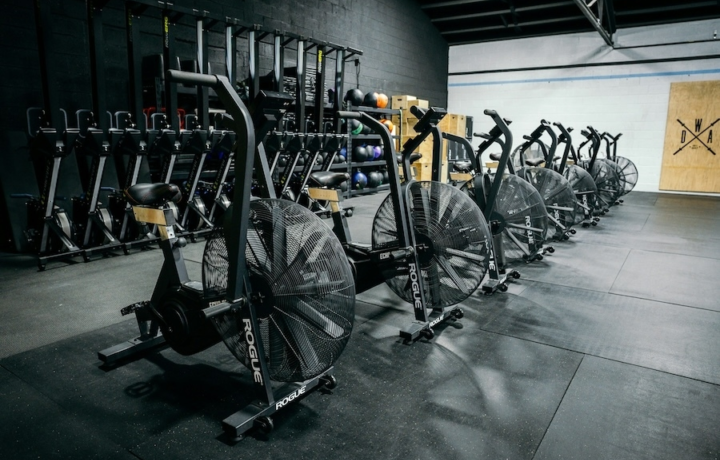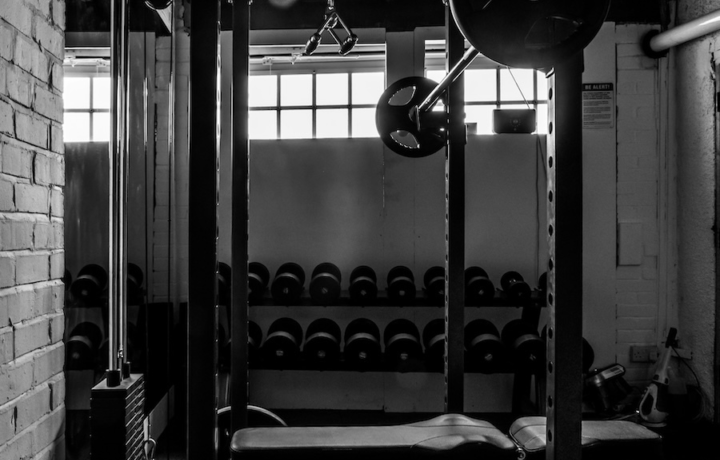Understand how to train with purpose: one session at a time, or week by week
Workouts & routines
Whether you’re doing a single workout or following a weekly routine, structure matters. A workout pushes you in the moment; a routine guides your progress over time. In this section, you’ll learn how workouts and routines differ, how to choose the right ones, and what terms like “split,” “volume,” and “progression” actually mean: so you can train with intent, not guesswork.
FAQ (5)
A simple full-body routine done 2–3 times per week is ideal for beginners. It builds balanced strength, allows for recovery, and teaches proper technique without overwhelming your schedule.
Every 4 to 8 weeks is a good guideline. Change your routine when you hit a plateau, get bored, or want to shift focus (e.g. from strength to fat loss). You don’t need to constantly switch things up — consistency is more important.
You can start by picking individual workouts, especially if you're a beginner or need flexibility. But if you want long-term progress (like building strength, losing fat, or improving performance), a structured routine will give you better results.
It depends on your goal and availability. Most people benefit from 3 to 5 workouts per week, including at least one rest or recovery day. Beginners often start with 3 full-body sessions, while more advanced users may follow a split routine.
A workout is a single training session focused on a specific goal (like strength or cardio), while a routine is a structured plan made up of multiple workouts over time — designed to help you make consistent progress.
Definitions
The gradual increase of training difficulty over time — through heavier weights, more reps, shorter rest, or tougher variations. It’s the foundation of every effective workout or routine that leads to real progress.
The total work done in a session or over a week: usually measured as sets × reps × weight. Higher volume typically supports hypertrophy (muscle growth), while lower volume with heavier weights supports strength.
The way a routine divides training across days. Common splits include upper/lower, PPL, or body part–specific (e.g. chest day, leg day). Choosing the right split depends on your goal, schedule, and experience level.
A structured plan of workouts over multiple days or weeks. Routines help you train consistently, balance muscle groups, and make long-term progress. Examples include PPL (Push Pull Legs), Full-Body 3x/week, or Hybrid splits.
A single training session focused on a specific goal — like strength, conditioning, cardio, or recovery. Workouts are standalone and can be mixed and matched, depending on your time and energy levels.
























